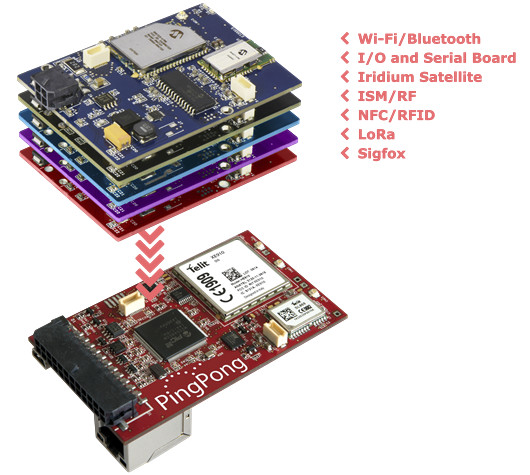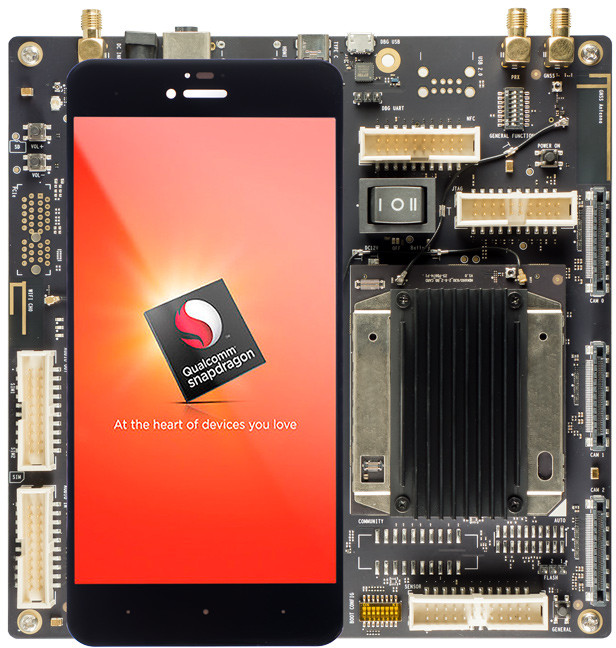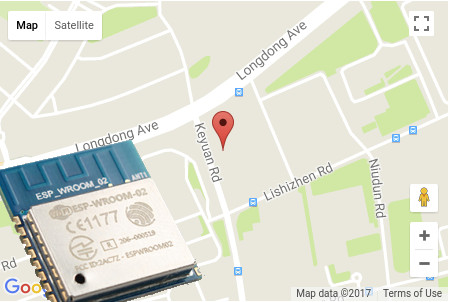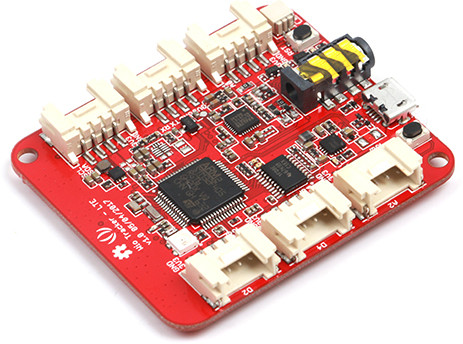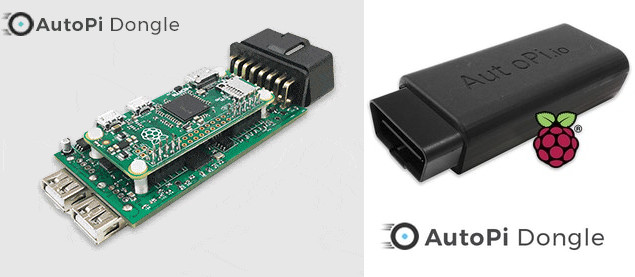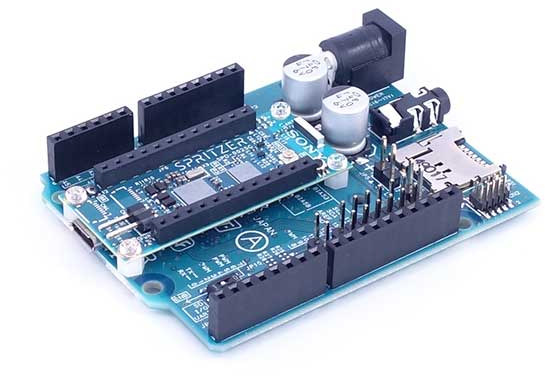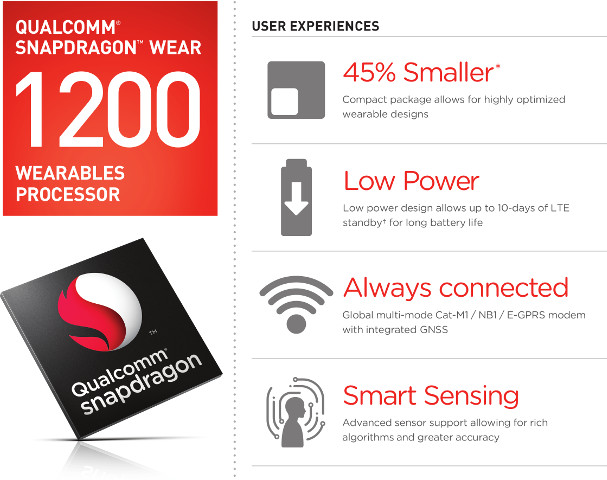Round Solutions, a supplier of products, services and concepts for industrial M2M and IoT markets, has introduced PingPong IoT development board with either Microchip PIC32MZ running an RTOS, or PIC32MZ DA running Linux, and equipped with a Telit modules for either 2G or 3G cellular + GNSS connectivity. The board can also support WiFi, Bluetooth, ISM/RF, NFC/RFID, LoRa, Sigfox, Iridium satellite, and serial interface thanks to a range of expansion boards. PingPong IoT board specifications: MCU / Flash RTOS version – Microchip PIC32MZ 32-bit Microcontroller @ 200 MHz, with 512 KB RAM and 2 MB Flash Memory + 4 MB external memory Linux version – Microchip PIC32MZ DA (Full specs TBA) Connectivity Cellular connectivity Telit xE910 module with 2G, 3G and/or 4G LTE (coming soon) Data GSM/GPRS – Uplink/Downlink: 9.6 kbps UMTS – Downlink: 384 kbps, Uplink: 384 kbps HSPA+ – Downlink: 42.0 Mbps, Uplink: 5.75 Mbps LTE – Download: 100 […]
Intrinsyc Launches Open-Q 660 HDK Snapdragon 660 Development Kit
For many years now, Intrinsyc has been releasing Qualcomm mobile development platforms that that are used by companies wanting to design and manufacture smartphones or other products based on Snapdragon processors. Those are usually full featured, including a smartphone display, and well suited to such product development. Their latest development kit is the Open-Q 600 HDK (Hardware Development Kit) powered by Qualcomm Snapdragon 660 SoC, an upgrade to Snapdragon 653 with about 20 percent improvement in CPU performance, and 30 percent in GPU performance. The kit is also equipped with 6GB RAM, 64GB flash, a display, wireless modules, sensors, camera interfaces, expansion headers, and more. Intrinsyc Open-Q 600 specifications: SoC – Qualcomm Snapdragon 660 octa-core processor with Four Kryo 260 performance cores @ up to 2.2GHz, four Kryo 260 low power cores @ up to 1.8GHz Adreno 512 GPU @ up to 650 MHz supporting OpenGL ES 3.0/3.2, Vulkan, DX12 FL […]
Geolocation on ESP8266 without GPS Module, only WiFi
When I think about geolocation in I normally think about global navigation satellite systems such as GPS, GLONASS, Galileo, or Beidou, as well as IP geolocation, but the latter is highly inaccurate, and often only good for find out about the country, region, or city. But if you’ve ever been into your phone location settings, you’d know GPS is only one option, as it can also leverage cellular base stations and WiFi SSIDs, where the former working where there’s coverage, and the later in area with a high enough density of access points. Somehow, I had never thought about using such technology to find location with WiFi modules until Espressif Systems released an application note entitled “Geolocating with ESP8266“. This document describes how the ESP8266 module may be used to scan for nearby Wi-Fi access points and, then, use their SSID, RSSI and MAC address to obtain a potential fix […]
Mictrack MT600 4G GPS Tracker Supports Traccar, OpenGTS, and Other GPS Tracking Platforms
Cellular GPS trackers have been around for a few years, but so far mostly 2G or 3G GPS trackers with products like Ping, Particle Asset tracker, and many other models selling on Aliexpress. 4G GPS tracker have been less common. However, recently we’ve seen platforms like Wio LTE and AutoPi that could handle GPS tracking over LTE connectivity, and another alternative would be Mictrack MT600 that ready-to-use solution to track your car or other vehicle with GPS and 4G. Mictrack MT600 hardware specifications: GNSS U-BLOX7 GPS Chip GPS sensitivity -162dBm Channel – 56 Positioning Accuracy – 10m Cold start: 30s; warm start: 15s; hot start: 1s SMA antenna connector Cellular Connectivity Qualcomm 4G LTE chip MT600-A model (North America): 4G FDD LTE: 700/850/1700/1900MHz 3G UMTS: 850/1700/1900MHz GSM: 850/1900MHz MT600-C model (Asia): 4G FDD LTE: 900/1800/2100MHz 4G TDD LTE: 1900/2300/2500/2600MHz 3G UMTS: 900/2100MHz GSM: 900/1800MHz MT600-E (Australia/Asia/Europe) 4G FDD LTE: 800/850/900/1800/2100/2600MHz 3G […]
Wio LTE GPS Tracker Board Comes with a 4G Modem, Supports Espruino Firmware (JavaScript Programming)
Seeed Studio launched Wio GPS tracker with a 2G GSM module a few months ago, and while it should work in some countries, others are phasing out 2G networks, and only support 3G or 4G. The company has now launched an update with Wio LTE board with the same form factor, and most of the same features except they replaced the 2G/Bluetooth/GNSS module with a 4G LTE/GNSS module, and Atmel SAMD21 ARM Cortex M0+ microcontroller by an STMicro STM32 ARM Cortex-M4F MCU. Wio LTE board specifications: MCU – STMicro STM32F405RG ARM Cortex M4F MCU @ 168 MHz with 1MB flash, 192+4KB SRAM Storage – micro SD slot Connectivity via Quectel EC21-A (America) module LTE Cat.1 modem: FDD LTE: B2/B4/B12 WCDMA: B2/B4/B5 AT Command: 3GPP TS27.007 and enhanced AT Commands Data – LTE-FDD Max 10Mbps(DL) Max 5Mbps (UL) NanoSIM card 2x u.FL antenna connectors GNSS – GPS/BeiDou/GLONASS/Galileo/QZSS with 1x u.FL GNSS […]
AutoPi is a 4G & GPS OBD-II Dongle Based on Raspberry Pi Zero W Board (Crowdfunding)
We’ve previously covered Macchina M2 OBD-II dongle based on an Arduino compatible MCU, and with 4G LTE support for the maker market, and iWave Systems OBD-II dongle with 4G LTE and LTE running Linux on NXP i.MX6 for the B2B market, but so far I had not seen an hackable OBD-II dongle running Linux for the maker market. AutoPi dongle fills that void as it is based on Raspberry Pi Zero W board, runs Raspbian with Autopi software (AutoPi Core), supports 4G LTE, GPS, etc,.. and connects to your car’s OBD-II socket. AutoPi dongle specifications: SoC – Broadcom BCM2835 ARN11 Core processor @ up to 1 GHz System Memory – 512MB LPDDR2 SRAM Storage – 8GB micro SD card Cellular Connectivity 4G Cat 1 modem with 3G/EDGE fallback working worldwide (but region locked) 4G bands – Region specific 3G fallback (WCDMA) – B1, B2, B4, B5, B8 EDGE fallback – […]
Sony Spritzer is an Arduino Compatible Board with Built-in GPS, Audio Codec
Look who is joining the maker community! Sony has showcased their Arduino compatible Spritzer board during the Maker Faire Tokyo on August 5-6. Despite lacking on-board network connectivity, the board is said to have been designed for IoT applications with features such as an integrated GPS and an advanced digital audio codec and amplifier. Sony Spritzer specifications: MCU – Sony CDX5602 ARM Cortex-M4F ×6 micro-controller clocked at up to 156 MHz with 1.5MB SRAM Storage – 8MB Flash Memory, micro SD card GNSS – GPS, GLONASS, supported Audio – 3.5mm audio jack Expansion I/Os Digital I/O Pins – SPI, I2C, UART, PWM ×4 (3.3V) Analog Pins – 6ch (3.3V range) Audio I/O – 8ch Digital MICs or 4ch Analog MICs, Stereo Speaker, I2S, CXD5247 audio codec with 192 kHz/24bit High-Resolution audio 2x camera interfaces USB – 1x micro USB port for programming Power Supply – Via Power barrel and Vin […]
Qualcomm Snapdragon Wear 1200 Platform for Wearables Supports LTE Cat M1 and NB1 (NB-IoT)
After Snapdragon Wear 2100 and 1100 launched last year , Qualcomm has announced a new Snapdragon Wear 1200 platform still designed for wearables, but with lower power consumption, less processing power, a more compact package, and built-in support for LTE IoT communications standards such as LTE Cat M1 and LTE NB-IoT (Cat NB1). Qualcomm Snapdragon Wear 1200 key features and specifications: CPU – ARM Cortex A7 @ 1.3 GHz Memory / Storage – Support for discreet or MCP NAND and LPDDR2 Display – Support via SPI for simple UI and displays Modem Global multi-mode supporting Cat-M1 / NB1 / E-GPRS. Supports LTE FDD and TDD for Cat-M1 and E-GRPS and FDD only for Cat-NB1 Up to 300 kbps downlink and 350 kbps uplink for Cat-M1 10 kbps download and 60 kbps upload speeds for Cat-NB1 Integrated voice support for VoLTE Other Connectivity – Pre-integrated support for Qualcomm 11ac Wi-Fi […]


